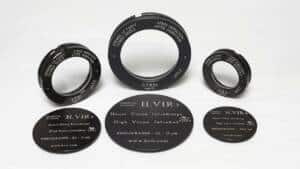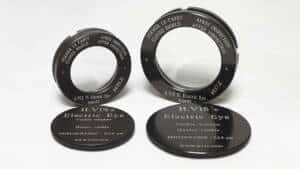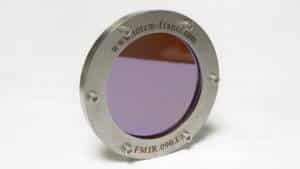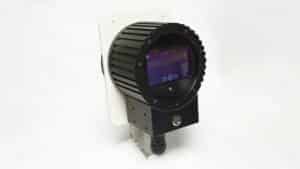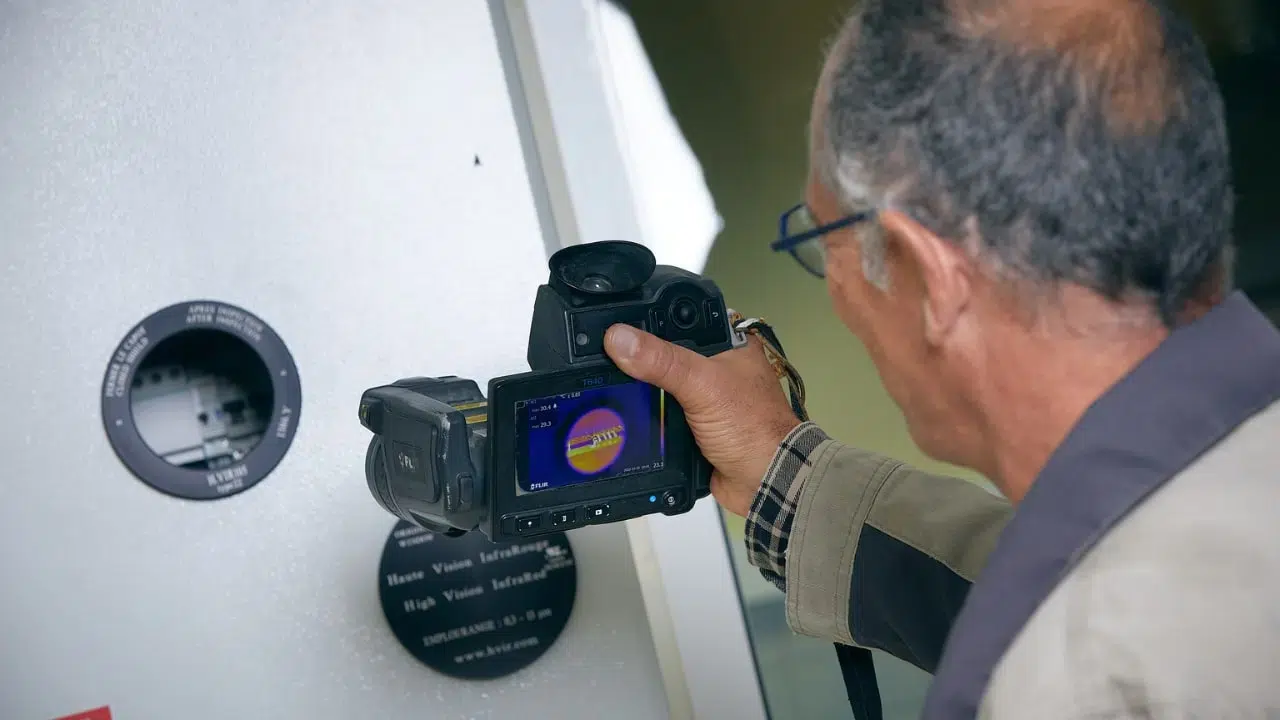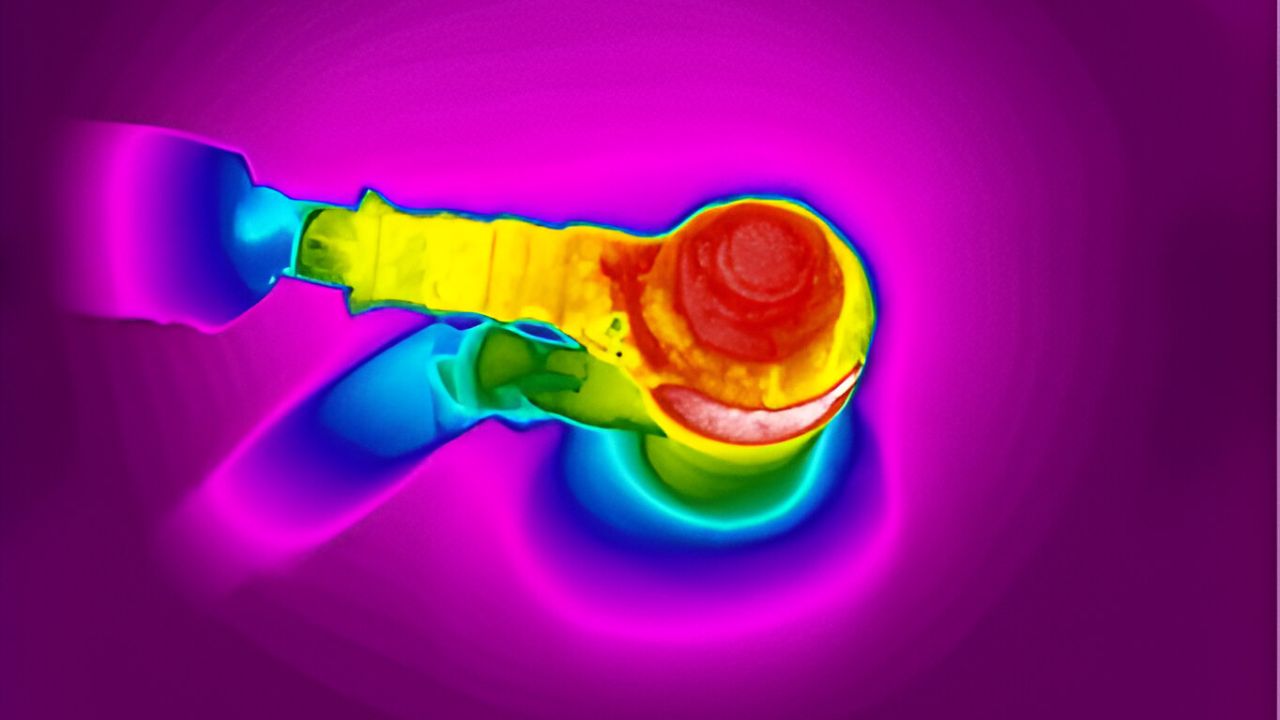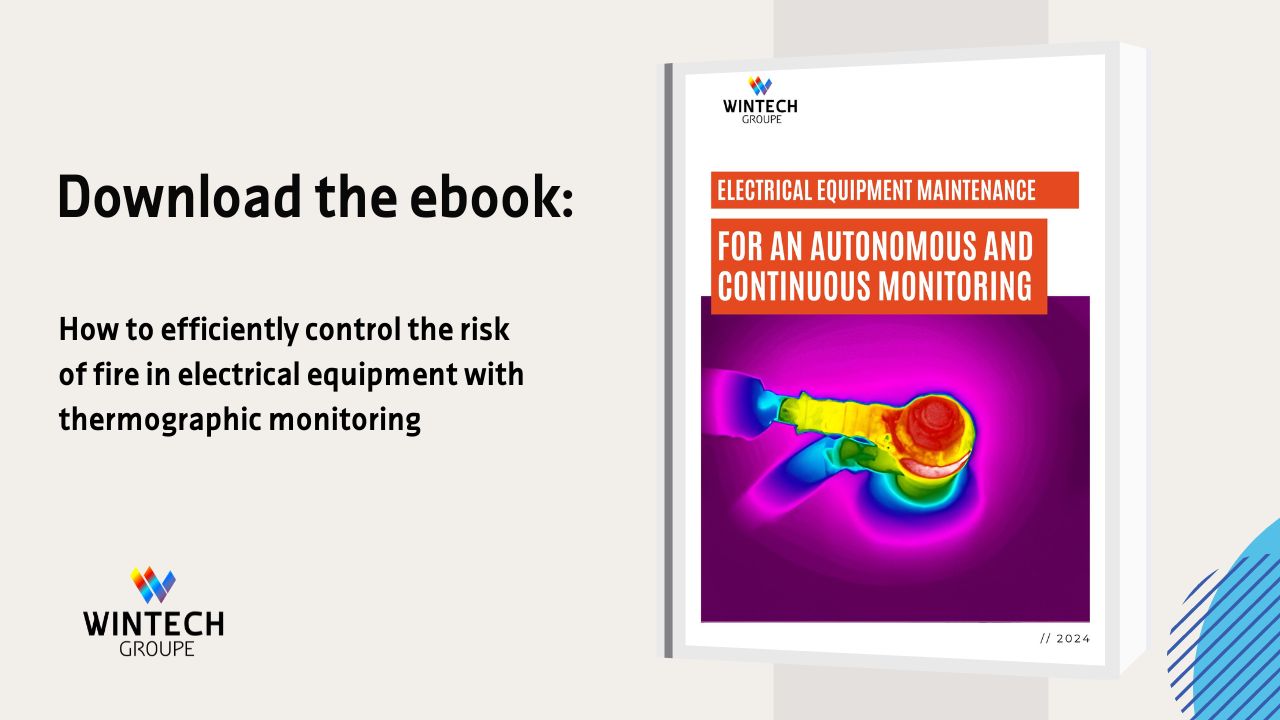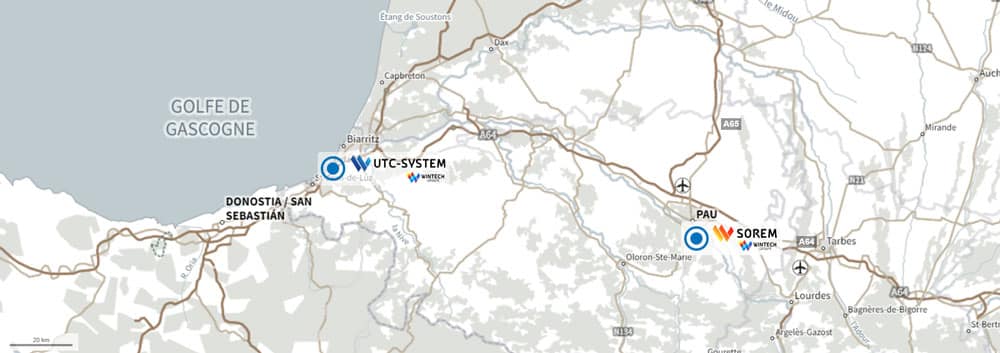Best practices for electrical infrared inspection
We saw in the article “Infrared inspection to predict fire risks” that electrical infrared inspection is fast and straightforward. Simply point the thermal camera at the equipment and observe the hotspots in the image displayed on the camera’s screen. Use the camera to take spot measurements of areas of concern, and the job is done. A little experience is necessary to get the best results, but the process is, in itself, very straightforward. In practice, however, it’s usually not so simple because the equipment to be inspected is almost always behind the door of an enclosure or even a bolted metal cover.
Open panel inspection
In the first chapter we looked at some of the hazards associated with open panel inspection, including the risk of electric shock and injuries resulting from arc flash accidents. Unsurprisingly, these hazards have led to the development of standards and recommendations for open-panel, live equipment inspection. Typical of these are NFPA 70E and OSHA 1910.
While the wording may differ between documents, the message is clear: people should not be exposed to energised conductors and circuit parts. There are exceptions for certain types of diagnostic operations, but these must only be carried out by suitably trained and qualified persons, who must be provided with Personal Protective Equipment (PPE) that includes arc flash suits. To put it bluntly, open panel working on live equipment is dangerous, disruptive and to be avoided unless there is no feasible alternative. Where does this leave electrical infrared inspection?
IR windows reduce risks
We’ve seen that enclosure doors cannot be safely opened while equipment is energised but turning off the supply is disruptive and will allow hotspots to cool. One effective way of circumventing these problems is to provide the enclosure doors with windows that, unlike ordinary Plexiglas windows, are transparent to infrared radiation.
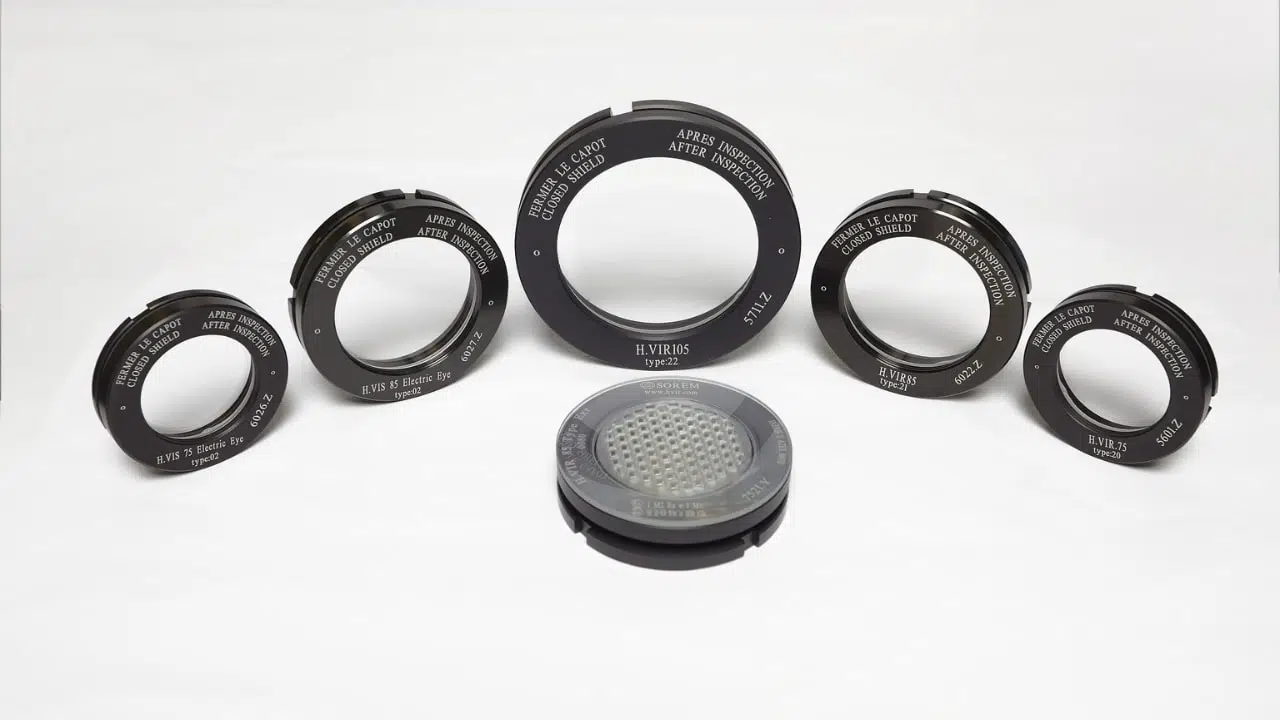
IR windows are viewing panes that contain a lens secured in a housing and the material of the lens is transparent to infrared wavelength, which means that infrared cameras can capture images through them. Those designed for electrical applications feature robust construction which means they provide effective protection against injury from arc flash events. The windows are non-conductive and are supplied in frames with high insulation resistance, making them suitable for use indoors and out.
IR windows are suitable for use in new equipment or as a retrofit option in existing equipment. Good quality products last indefinitely and require no maintenance other than occasional cleaning.
When IR windows are used, NFPA 70E considers that a person carrying out a thermographic survey is “enclosed” and “guarded”. They are therefore considered to be at low risk, which means that PPE and other special equipment is not needed. This means that when electrical equipment is fitted with IR windows, electrical infrared inspection is fast and easy. The equipment doesn’t have to be deenergised, which saves time and money, and the electrical infrared inspection can be carried out by a single person. Because of the benefits made possible by IR windows, electrical infrared inspection can be performed regularly and routinely. If this is done, problems will be detected at their earliest stages when they have caused least damage and are easiest to remedy cost effectively.
Modern electrical infrared inspection devices for 24/7 safety
While regular manual inspection facilitated by infrared windows is an excellent solution in most applications, there is another alternative. Now that infrared cameras have become smaller and more affordable, why not permanently mount cameras within the electrical equipment enclosures? This is possible with a range of devices from the Wintech Groupe.
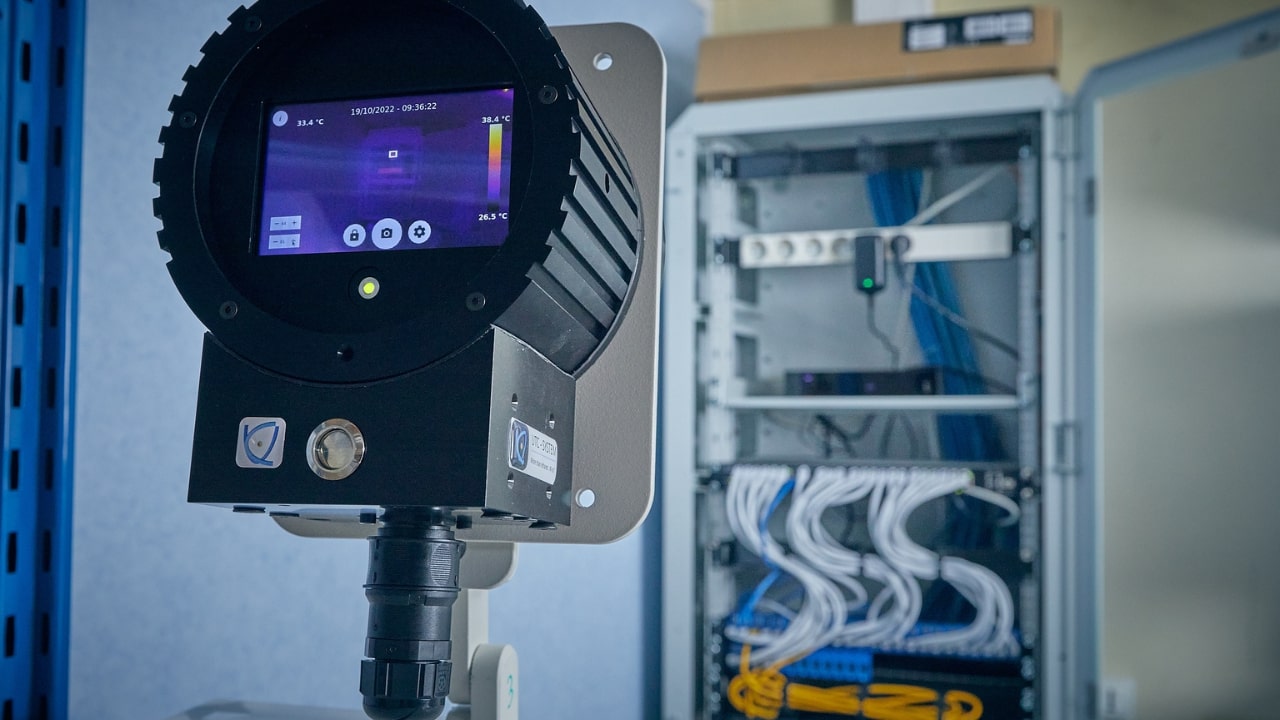
UTC is an infrared connected autonomous detector. When the device measures a precise temperature of a programmed alarm, this one sends via internet or a private communication network a notification and a photography (thermogram) of the defect to a phone, computer, tablet,… UTC-SYSTEM offers the possibility to adapt alarms according to the use cases and the customers needs.
Wintech Groupe invites you to continue your research on the reduction of industrial fire risks by reading our other articles on infrared technology.
We saw in the article “Infrared inspection to predict fire risks” that electrical infrared inspection is fast and straightforward. Simply point the thermal camera at the equipment and observe the hotspots in the image displayed on the camera’s screen. Use the camera to take spot measurements of areas of concern, and the job is done. A little experience is necessary to get the best results, but the process is, in itself, very straightforward. In practice, however, it’s usually not so simple because the equipment to be inspected is almost always behind the door of an enclosure or even a bolted metal cover.
Open panel inspection
In the first chapter we looked at some of the hazards associated with open panel inspection, including the risk of electric shock and injuries resulting from arc flash accidents. Unsurprisingly, these hazards have led to the development of standards and recommendations for open-panel, live equipment inspection. Typical of these are NFPA 70E and OSHA 1910.
While the wording may differ between documents, the message is clear: people should not be exposed to energised conductors and circuit parts. There are exceptions for certain types of diagnostic operations, but these must only be carried out by suitably trained and qualified persons, who must be provided with Personal Protective Equipment (PPE) that includes arc flash suits. To put it bluntly, open panel working on live equipment is dangerous, disruptive and to be avoided unless there is no feasible alternative. Where does this leave electrical infrared inspection?
IR windows reduce risks
We’ve seen that enclosure doors cannot be safely opened while equipment is energised but turning off the supply is disruptive and will allow hotspots to cool. One effective way of circumventing these problems is to provide the enclosure doors with windows that, unlike ordinary Plexiglas windows, are transparent to infrared radiation.

IR windows are viewing panes that contain a lens secured in a housing and the material of the lens is transparent to infrared wavelength, which means that infrared cameras can capture images through them. Those designed for electrical applications feature robust construction which means they provide effective protection against injury from arc flash events. The windows are non-conductive and are supplied in frames with high insulation resistance, making them suitable for use indoors and out.
IR windows are suitable for use in new equipment or as a retrofit option in existing equipment. Good quality products last indefinitely and require no maintenance other than occasional cleaning.
When IR windows are used, NFPA 70E considers that a person carrying out a thermographic survey is “enclosed” and “guarded”. They are therefore considered to be at low risk, which means that PPE and other special equipment is not needed. This means that when electrical equipment is fitted with IR windows, electrical infrared inspection is fast and easy. The equipment doesn’t have to be deenergised, which saves time and money, and the electrical infrared inspection can be carried out by a single person. Because of the benefits made possible by IR windows, electrical infrared inspection can be performed regularly and routinely. If this is done, problems will be detected at their earliest stages when they have caused least damage and are easiest to remedy cost effectively.
Modern electrical infrared inspection devices for 24/7 safety
While regular manual inspection facilitated by infrared windows is an excellent solution in most applications, there is another alternative. Now that infrared cameras have become smaller and more affordable, why not permanently mount cameras within the electrical equipment enclosures? This is possible with a range of devices from the Wintech Groupe.

UTC is an infrared connected autonomous detector. When the device measures a precise temperature of a programmed alarm, this one sends via internet or a private communication network a notification and a photography (thermogram) of the defect to a phone, computer, tablet,… UTC-SYSTEM offers the possibility to adapt alarms according to the use cases and the customers needs.
Wintech Groupe invites you to continue your research on the reduction of industrial fire risks by reading our other articles on infrared technology.

